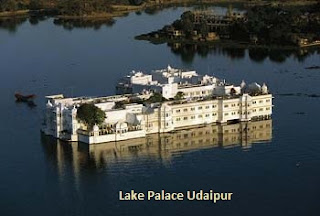Women occupied a very honourable position in the Viajayanagr society. Some of them were very learned and were eminent litterateurs. Monogamy was the general practice, but kings and nobility followed polygamous practices. Early marriages were common among the Brahmins. The plight of the widows was pitiable, but they could remarry. The state encouraged widow remarriage by not levying any marriage tax on their marriage. Women of the nobility and higher castes were carefully educated. Music and dancing formed an important part of their curriculum. Women were also wrestlers, astrologers, accountants, writers, musicians and even went to the battlefield. Another group of women were the courtesans who played a very important role in society. They were two classes: (a) those who were attached to the temples, and (b) those who lived independently. Their case was not homogeneous and it was open to women of any community to join their sisterhood. Courtesans were highly educated and cultured and

